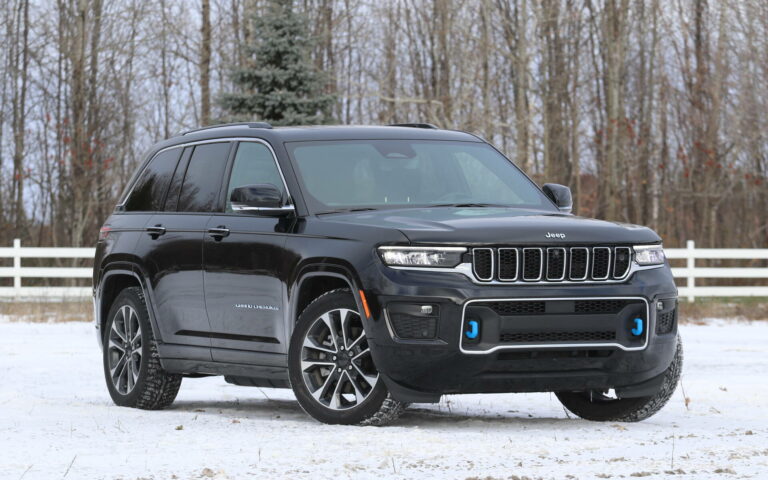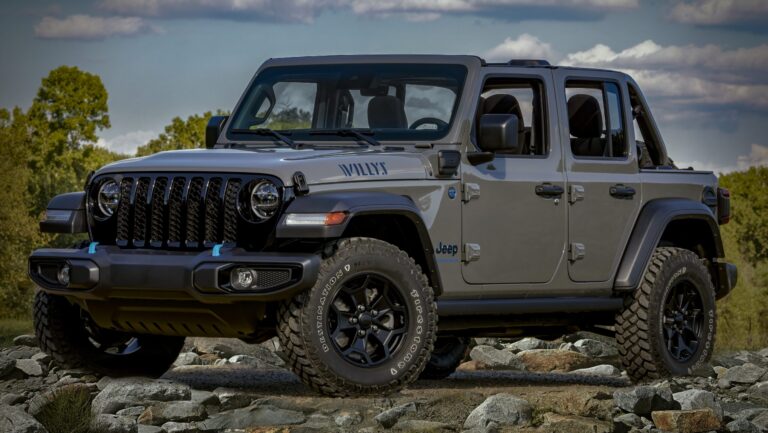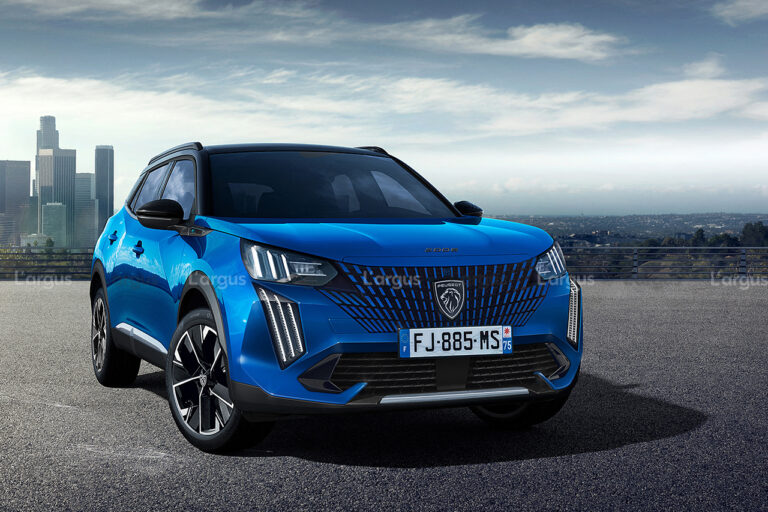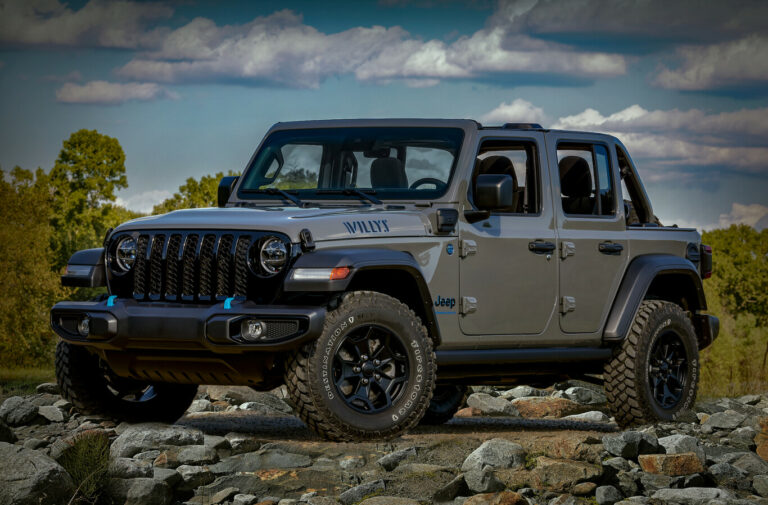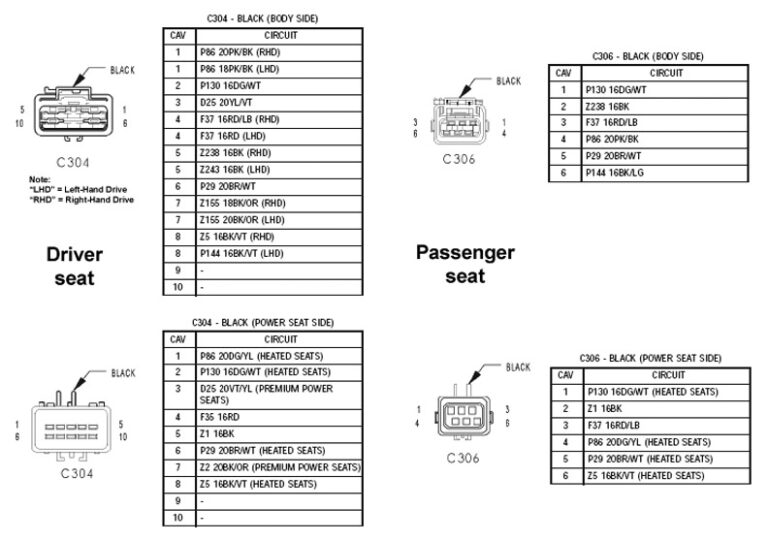Used Jeep Cherokee For Sale: Your Comprehensive Guide to Finding the Perfect Adventure Companion
Used Jeep Cherokee For Sale: Your Comprehensive Guide to Finding the Perfect Adventure Companion jeeps.truckstrend.com
The Jeep Cherokee. The name alone conjures images of rugged trails, boundless freedom, and a spirit of adventure. For decades, this iconic SUV has been a staple on roads and off-road paths worldwide, renowned for its versatility, durability, and distinctive styling. While new models continue to roll off the assembly lines, there’s a thriving market for used Jeep Cherokees, offering a compelling blend of affordability, proven capability, and a rich aftermarket for customization.
Buying a used vehicle, particularly one with the adventurous history of a Jeep Cherokee, requires careful consideration and informed decision-making. This comprehensive guide aims to arm you with all the knowledge you need to navigate the used Cherokee market, identify the best options for your needs, and make a smart purchase that will serve you for years to come. Whether you’re a seasoned off-roader, a family seeking a reliable daily driver, or a budget-conscious adventurer, a used Jeep Cherokee might just be your perfect match.
Used Jeep Cherokee For Sale: Your Comprehensive Guide to Finding the Perfect Adventure Companion
The Enduring Appeal of the Jeep Cherokee
The Jeep Cherokee boasts a storied legacy, evolving through several distinct generations, each leaving its unique mark on the automotive landscape. From the legendary XJ’s utilitarian simplicity to the modern comfort of the KL, the Cherokee has consistently offered a blend of practicality and capability that few competitors can match. This enduring appeal makes it a highly sought-after vehicle in the used market.
Why do so many buyers gravitate towards a pre-owned Cherokee? The reasons are multifaceted:
- Proven Off-Road Prowess: Many generations, especially the XJ and the KL Trailhawk, are renowned for their impressive off-road capabilities right out of the factory, making them ideal for weekend warriors and outdoor enthusiasts.
- Versatile Daily Driver: Later generations, like the KJ, KK, and particularly the KL, offer a comfortable and feature-rich experience suitable for daily commutes and family trips.
- Robust Construction: While specific generations have their quirks, the underlying engineering of many Cherokees is built to last, especially the venerable 4.0L inline-six engine found in the XJ.
- Strong Aftermarket Support: The sheer popularity of the Cherokee means there’s an immense aftermarket industry, offering everything from lift kits and heavy-duty bumpers to performance upgrades and interior accessories. This makes customization and repairs relatively easy and affordable.
- Value Retention: Certain Cherokee models, particularly well-maintained XJs, hold their value remarkably well, making them a smart investment for buyers.
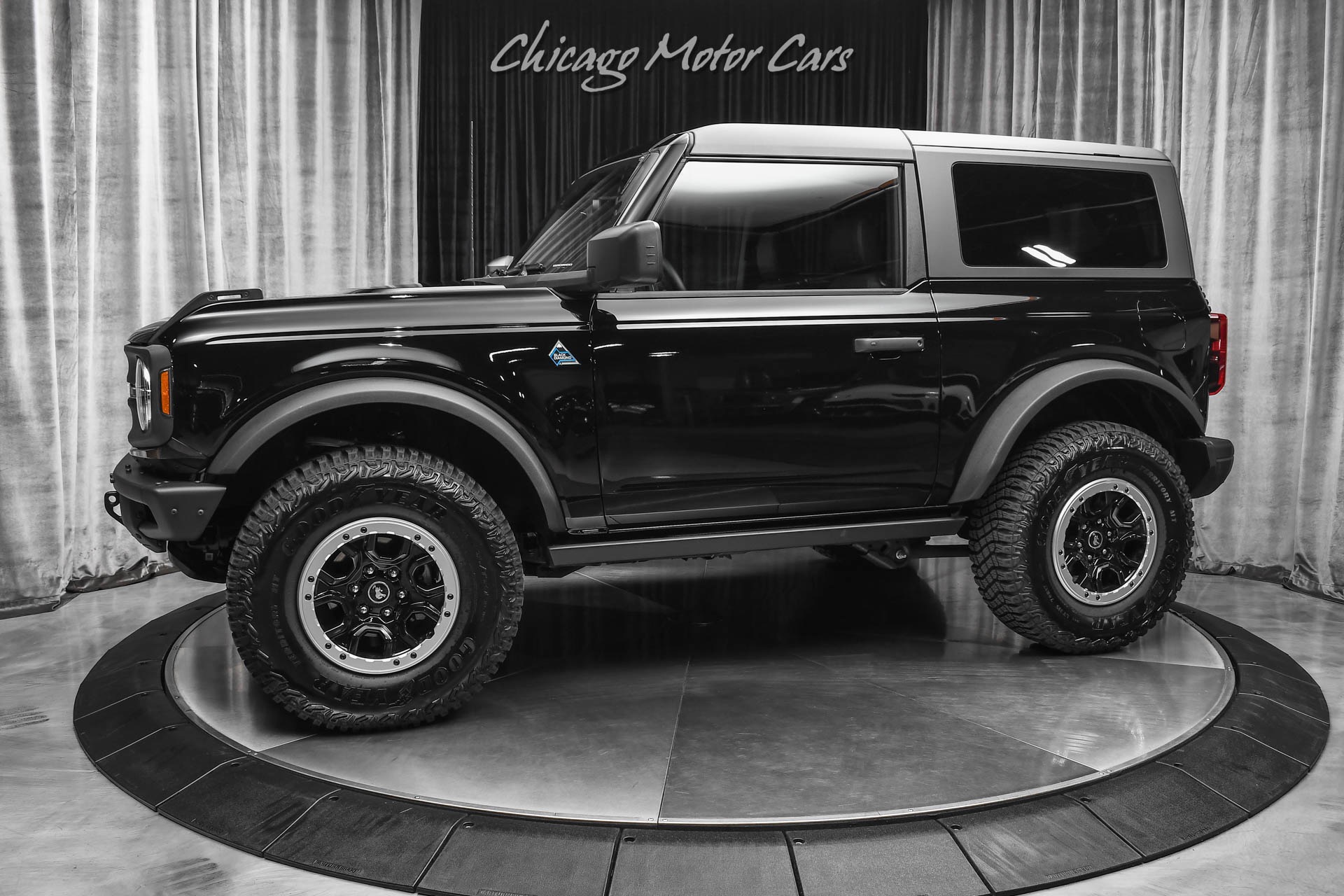
This combination of capability, versatility, and value ensures that the used Jeep Cherokee market remains vibrant and full of opportunities for the discerning buyer.
Generations of the Jeep Cherokee: What to Look For
Understanding the different generations is crucial when shopping for a used Jeep Cherokee, as each offers a distinct experience in terms of performance, features, and common issues.
1. The XJ (1984-2001): The Legendary Classic
Often hailed as one of the greatest SUV designs of all time, the unibody XJ Cherokee is revered for its rugged simplicity, compact size, and immense off-road capability.
- Pros: Legendary 4.0L I6 engine (highly reliable, powerful), excellent off-road articulation, vast aftermarket support, simple mechanics, iconic styling, relatively lightweight.
- Cons: Prone to rust (especially rocker panels, floorboards, rear quarter panels), older safety features, less refined ride, dated interior, some electrical gremlins (e.g., blend door issues).
- Key Considerations: Thoroughly inspect for rust, check for signs of off-road abuse (damaged frame, suspension components), verify 4WD system functionality, listen for engine noises (lifter tick is common but not always serious), and ensure all electrical components work. The 4.0L engine is bulletproof if maintained.
2. The KJ (Liberty, 2002-2007): The Modern Shift
Rebranded as the "Liberty" in North America, the KJ moved towards a more conventional SUV design with independent front suspension.
- Pros: More comfortable ride, improved safety features (ABS, airbags), available V6 engines (3.7L PowerTech), more modern interior, better fuel economy than older models.
- Cons: Known issues with front lower ball joints (critical safety recall, ensure it’s been addressed), window regulators, early transmission issues, not as robust off-road as the XJ.
- Key Considerations: Verify lower ball joint recall completion, check transmission fluid and shifting smoothness, inspect for fluid leaks (especially power steering), and test all power windows.
3. The KK (Liberty, 2008-2012): The Boxier Redesign
The KK retained the Liberty name but adopted a more traditional, boxier SUV look, attempting to recapture some of the XJ’s aesthetic.
- Pros: Improved interior quality and space, standard electronic stability control, available Sky Slider canvas roof, more refined ride than previous generations.
- Cons: Still uses the 3.7L V6 (can be thirsty), some complaints about engine oil consumption, not significantly more capable off-road than the KJ, some electrical issues.
- Key Considerations: Check for excessive oil consumption, inspect suspension components, ensure 4WD system functions correctly, and test all electronics.
4. The KL (2014-Present): The Crossover Era
The Cherokee name returned, but the KL marked a significant departure, moving to a unibody crossover platform shared with the Dodge Dart. It’s known for its distinctive styling and modern features.
- Pros: Excellent fuel economy (with 2.4L "TigerShark" I4), powerful V6 option (3.2L Pentastar), comfortable ride, advanced infotainment (Uconnect), sophisticated 4WD systems (Active Drive I, II, and Trailhawk with low range), modern safety features.
- Cons: Early model years (2014-2015) had significant issues with the 9-speed automatic transmission (software updates often help, but mechanical failures occurred), less ground clearance/off-road prowess than XJ (except Trailhawk), some electrical glitches.
- Key Considerations: Crucially, test drive thoroughly for transmission shifting issues (hesitation, harsh shifts), check for all software updates, look for signs of previous transmission work, ensure all infotainment features work, and inspect for common fluid leaks. The Trailhawk trim is the most capable off-road.
Benefits of Buying a Used Jeep Cherokee
Beyond the intrinsic appeal of the vehicle, purchasing a used Jeep Cherokee offers several tangible advantages:
- Significant Cost Savings: New vehicles depreciate rapidly. Buying used means you avoid the initial steep depreciation, getting more vehicle for your money.
- Lower Insurance Premiums: Generally, older vehicles cost less to insure than newer ones, further reducing your overall ownership costs.
- Access to Discontinued Models: If you specifically desire the ruggedness of an XJ or the unique character of a KJ, the used market is your only option.
- Proven Reliability (with research): By researching common issues for specific model years, you can choose a Cherokee with a known track record of reliability, especially if previous owners have addressed common problems.
- Ready for Customization: Many used Cherokees are already set up for off-roading or have common modifications, potentially saving you time and money on upgrades.
Essential Steps to Buying a Used Jeep Cherokee
Buying a used vehicle can be complex, but following a structured approach will significantly improve your chances of finding a great deal and avoiding potential pitfalls.
-
Define Your Needs and Budget:
- Purpose: Will it be a daily driver, an off-road beast, or a family hauler? This dictates which generation and trim level you should target.
- Budget: Beyond the purchase price, factor in insurance, registration, potential repairs, and any desired modifications.
-
Thorough Research:
- Model-Specific Issues: Use online forums (e.g., JeepForum.com, CherokeeForum.com), consumer reports, and recall databases (NHTSA) to identify common problems, recalls, and owner experiences for your target generation and model year.
- Trim Levels: Understand the differences between Sport, Laredo, Limited, Trailhawk, etc., and what features they offer.
-
Where to Look:
- Dealerships: Often offer certified pre-owned (CPO) options with warranties, but prices are generally higher.
- Private Sellers: Can offer better deals but require more due diligence on your part. Look on Craigslist, Facebook Marketplace, and local classifieds.
- Online Marketplaces: AutoTrader, Cars.com, CarGurus, eBay Motors.
-
Initial Screening:
- Ask Questions: Inquire about maintenance history, accidents, reasons for selling, and any known issues.
- Request Photos/Videos: Look for clear pictures, especially of problem areas like rust, dents, or interior wear.
-
The Inspection – Your Most Critical Step:
- Exterior: Look for rust (especially on XJs), uneven panel gaps (signs of collision), mismatched paint, tire wear (uneven wear can indicate alignment issues or worn suspension), and functioning lights.
- Interior: Check for excessive wear, tears, stains, musty odors (can indicate water leaks), functioning HVAC, power windows, locks, and infotainment system.
- Engine Bay: Look for fluid leaks (oil, coolant, power steering), corrosion on battery terminals, frayed belts, and signs of poor maintenance (e.g., dirty air filter, low fluid levels).
- Undercarriage: Crucially, inspect for rust on the frame (unibody on XJ, KL), suspension components, exhaust system, and brake lines. Look for bent or damaged suspension parts (control arms, shock mounts) indicating hard off-road use.
- Fluids: Check the color and level of engine oil, transmission fluid (should be red/pink, not dark or burnt-smelling), coolant, and brake fluid.
-
The Test Drive:
- Drive on various road types (city, highway, bumps, turns) to assess ride quality, handling, and noise.
- Listen for unusual noises (clunks, squeaks, grinding, whining).
- Test brakes (pulling, pulsing).
- Check acceleration and shifting (smoothness, hesitation).
- Test 4WD engagement (if applicable).
- Ensure all dashboard warning lights turn off after starting.
-
Vehicle History Report (VHR):
- Obtain a CarFax or AutoCheck report using the VIN. This can reveal accident history, flood damage, salvage titles, odometer rollbacks, and past maintenance records.
-
Pre-Purchase Inspection (PPI):
- Highly Recommended. Take the vehicle to an independent, trusted mechanic (ideally one familiar with Jeeps) for a comprehensive inspection. They can identify issues you might miss and provide an estimate for necessary repairs. This small investment can save you thousands down the line.
-
Negotiation:
- Armed with your research and PPI results, negotiate the price based on the vehicle’s condition and market value. Be prepared to walk away if the deal isn’t right.
Potential Challenges and Solutions
While a used Jeep Cherokee offers great value, there are challenges to be aware of:
- Rust: Especially prevalent on XJs in northern climates.
- Solution: Thorough inspection, particularly undercarriage and frame. If minor, consider rust treatment; if major, walk away.
- Previous Abuse/Poor Maintenance: Many Cherokees have been used hard or neglected.
- Solution: Comprehensive PPI, detailed history report, patience in finding a well-cared-for example.
- Fuel Economy: Older V6 and I6 models can be thirsty.
- Solution: Be aware of this, budget for fuel, or consider the 4-cylinder KL models for better efficiency.
- Specific Generation Issues: (e.g., KJ ball joints, KL 9-speed transmission).
- Solution: Research common issues for your target model year and verify if recalls were addressed or repairs performed.
- Finding Parts (for older models): While aftermarket is strong, some OEM parts for very old models might be scarce.
- Solution: Online communities are great resources for finding parts or compatible alternatives.
Used Jeep Cherokee Price Guide
Prices for used Jeep Cherokees can vary wildly based on generation, condition, mileage, trim level, modifications, and geographical location. The table below provides general estimated price ranges (USD) for well-maintained examples. Prices for heavily modified or concours-condition vehicles can be significantly higher.
| Model Generation | Model Years | Condition (Estimated) | Estimated Price Range (USD) | Key Considerations

